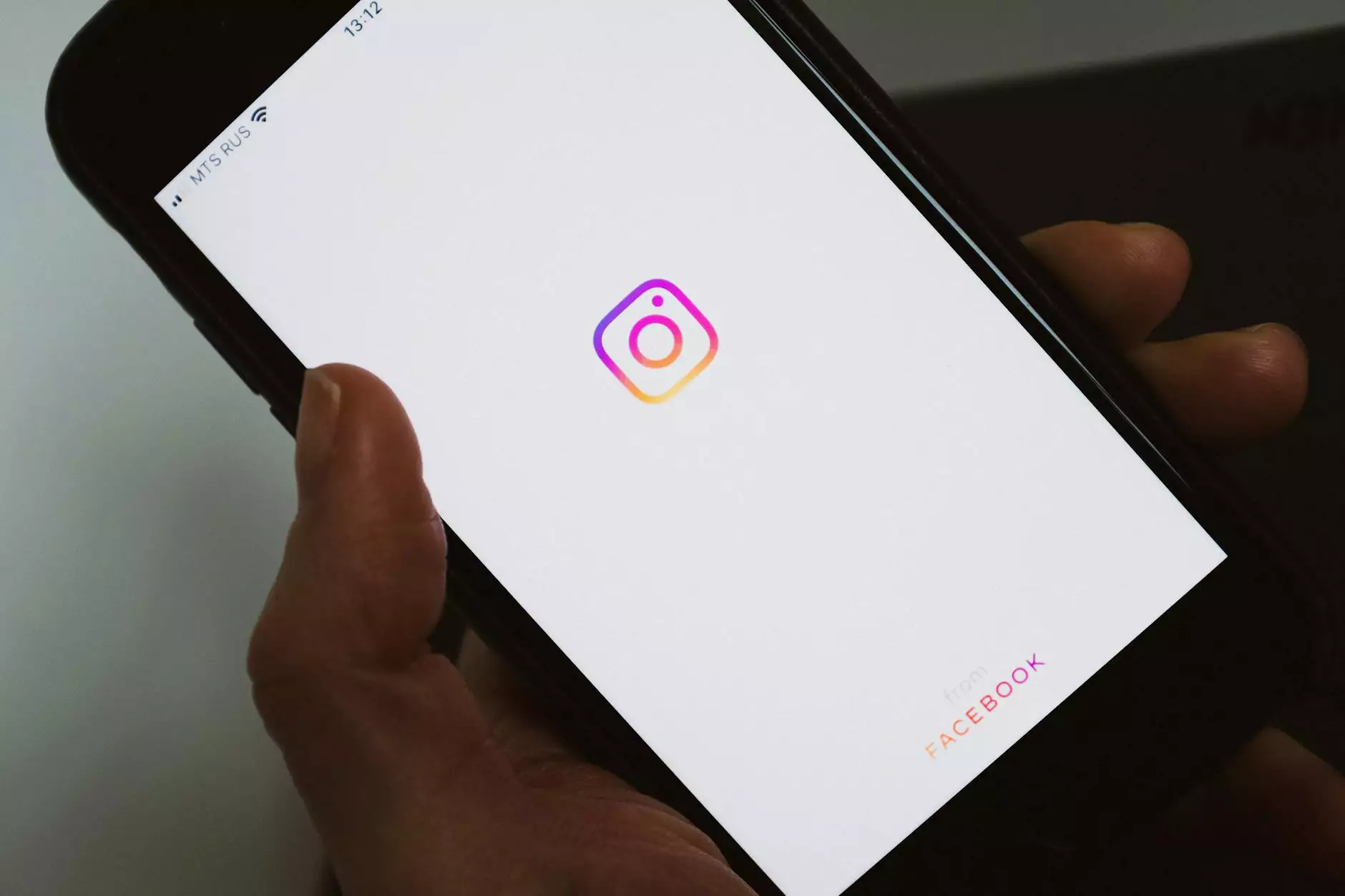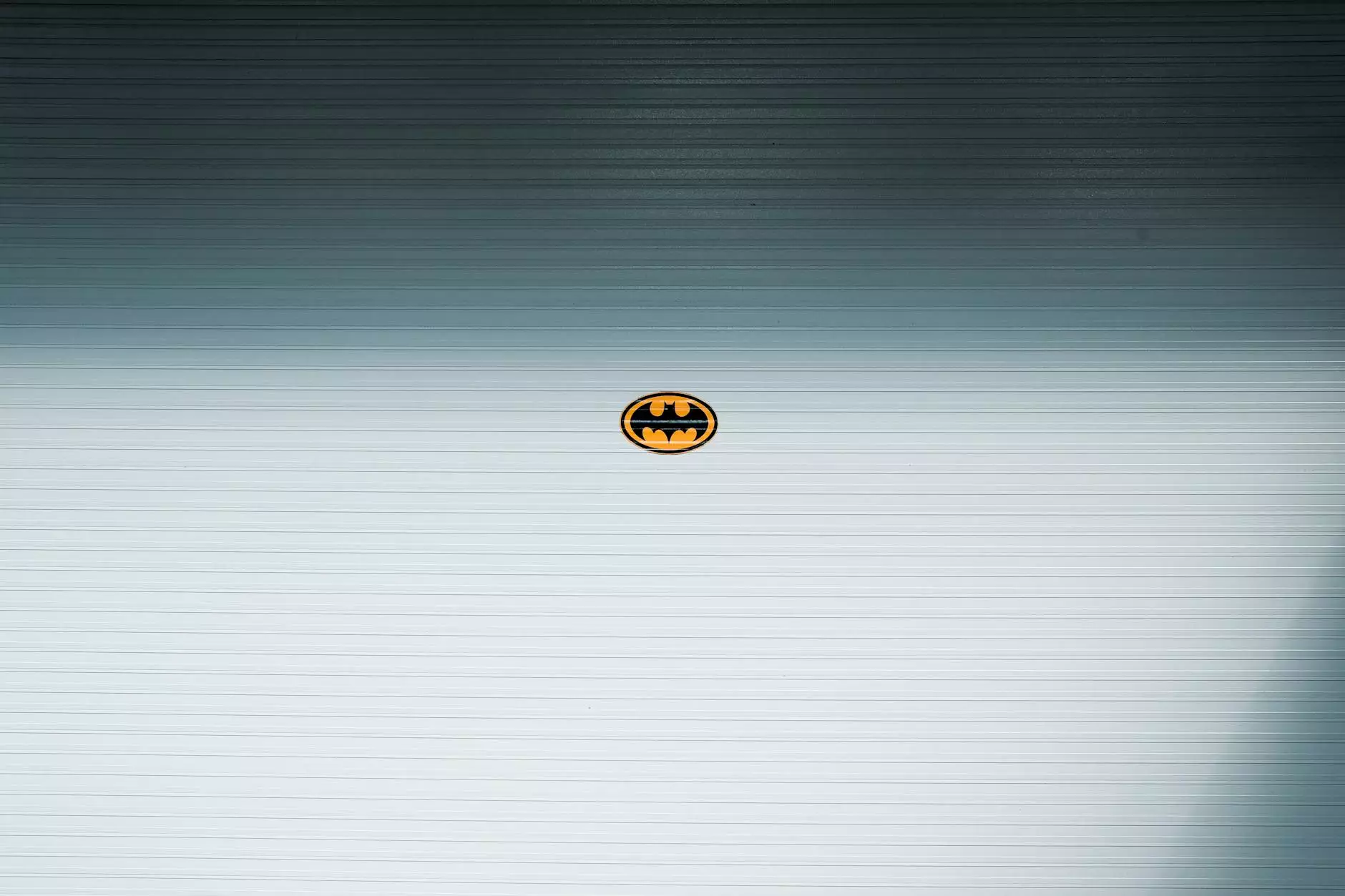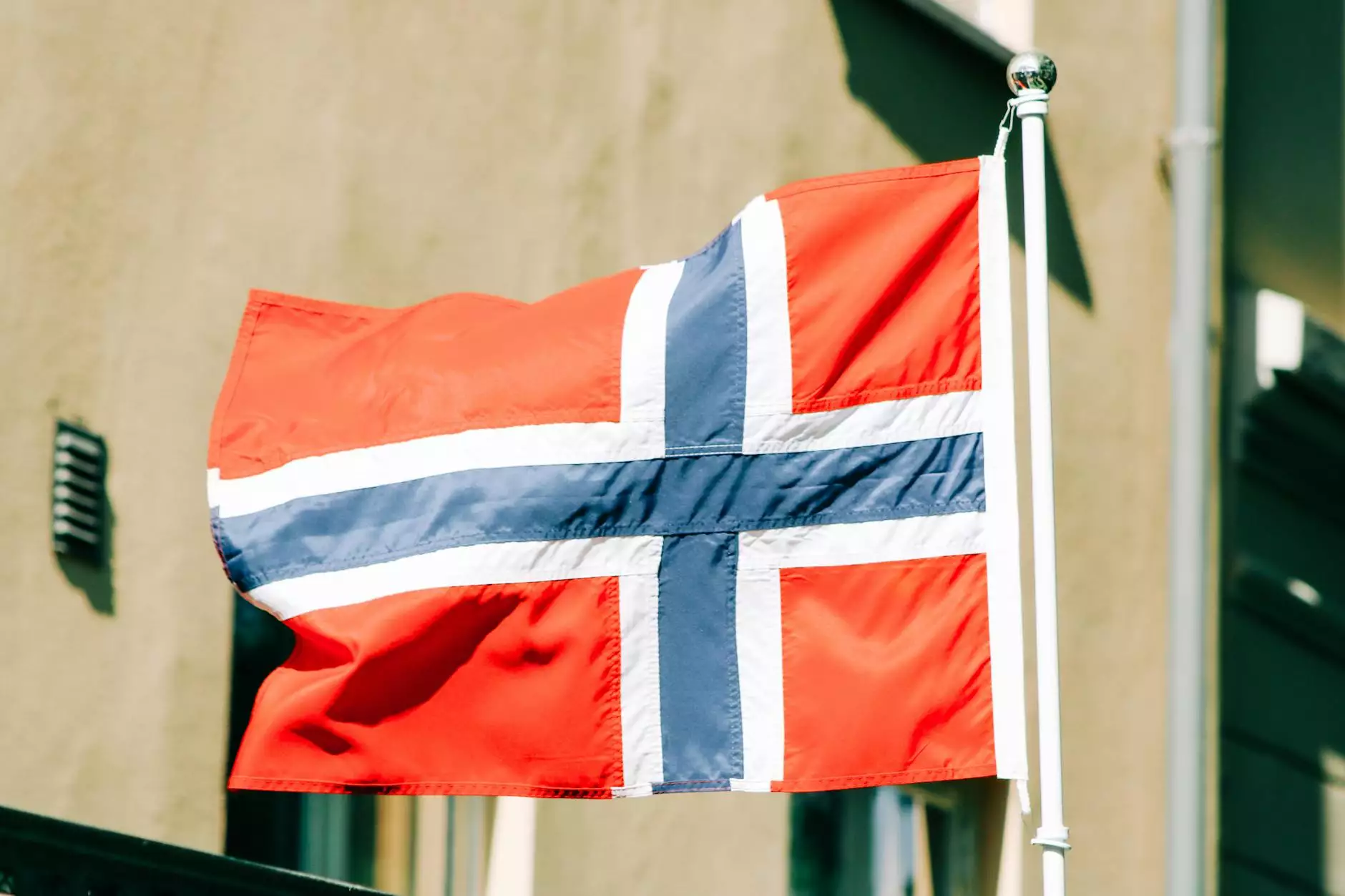The Evolution of Graphic Design Trends
Technology Consulting
Introduction
Graphic design has undergone significant transformations over the course of the 20th century, reflecting the cultural, social, and technological changes of each era. Understanding the evolution of graphic design trends is essential for appreciating the diverse styles and techniques that have shaped the design industry.
1920s Graphic Design
The 1920s marked a period of artistic experimentation and innovation in graphic design. This era, known as the Art Deco movement, was characterized by geometric shapes, bold colors, and sleek typography. Graphic designers in the 1920s embraced modernism and abstraction, creating visually striking compositions that reflected the optimism of the Roaring Twenties.
1930s Graphic Design
In the 1930s, graphic design responded to the economic challenges of the Great Depression. Designers adopted a more practical and functional approach, focusing on clarity and simplicity. The use of sans-serif fonts, photography, and bold branding elements became prominent in 1930s graphic design.
1950s Graphic Design
The 1950s saw a return to vibrant colors, whimsical illustrations, and consumerism in graphic design. Inspired by the rise of television and advertising, designers in the 1950s embraced a playful and dynamic aesthetic. Retro fonts, kitschy imagery, and catchy slogans defined the graphic design of this era.
1960s Graphic Design
The 1960s brought a wave of countercultural movements that influenced graphic design styles. From psychedelic posters to minimalist Swiss design, the 1960s were a period of creative experimentation and rebellion. Bold colors, abstract patterns, and experimental typography were hallmarks of graphic design in the 1960s.
2000s Graphic Design Trends
As we entered the new millennium, graphic design evolved yet again to embrace digital technologies and globalization. The early 2000s witnessed the rise of web design and interactive media, leading to a more dynamic and user-centered approach to graphic design. Clean lines, minimalism, and responsive layouts defined the graphic design trends of the 2000s.
Current Trends in Graphic Design
Today, graphic design continues to evolve with the advancements in technology and design tools. Modern graphic design trends emphasize simplicity, accessibility, and visual storytelling. From flat design to minimalist branding, contemporary designers draw inspiration from past eras while pushing the boundaries of creativity and innovation.
The Pancake Movement's Graphic Design Philosophy
At The Pancake Movement, we believe in blending timeless design principles with innovative techniques to create visually captivating experiences for our customers. Our graphic design team draws inspiration from the rich history of design styles while staying ahead of current trends to deliver fresh and engaging visuals that reflect our brand identity.
Conclusion
By exploring the evolution of graphic design trends from the 1920s to the present day, we gain a deeper appreciation for the diversity and creativity of the design industry. Each era has contributed unique styles, influences, and innovations that continue to shape the way we perceive and interact with visual communication. At The Pancake Movement, we honor this legacy by incorporating elements of the past while looking towards the future of graphic design.









